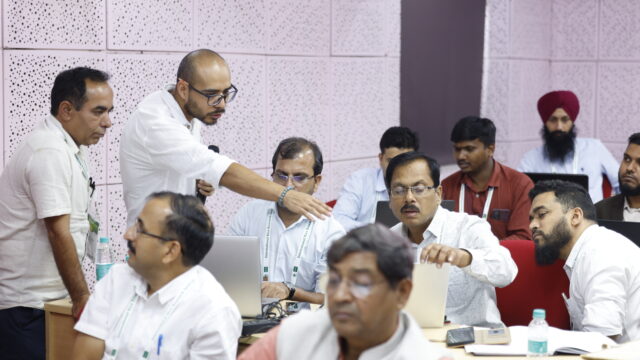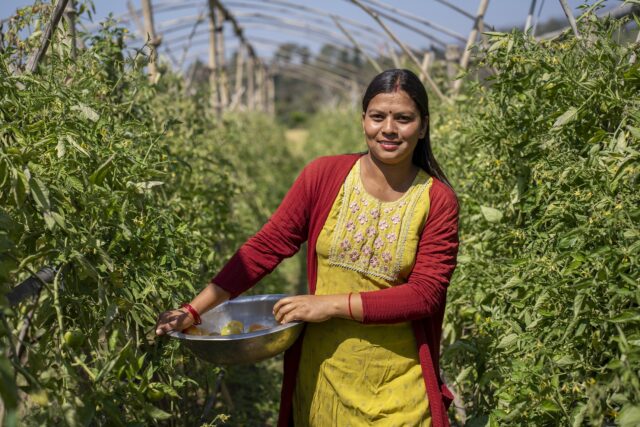
In June, a team of experts in modeling and sustainable development policy making (including IFPRI’s David Laborde) convened for five days in Montreux, Switzerland, to co-author what became Modelling for Sustainable Development: New Decisions for a New Age, a new book published by the International Institute for Sustainable Development (IISD). The key to understanding why we did so lies in the book’s subtitle: Articulating how to go beyond short-term financial models towards a more holistic, longer-term understanding of the costs and benefits of proposed projects and policies. (A webinar exploring the book takes place Oct. 21 at 9 a.m. EDT.)
Traditionally, economic modeling has been one-dimensional. It has focused on determining a project’s costs and whether it will yield a sufficient profit for the private sector actor making the investment to go forward. Examples of such projects include mines, factories, wind farms, and coal plants. A second type of modeling has been policy-related: What are the costs of a policy option to achieve a certain outcome, such as ensuring health care services are available or addressing food insecurity and hunger?
Photo Credit: IISD



